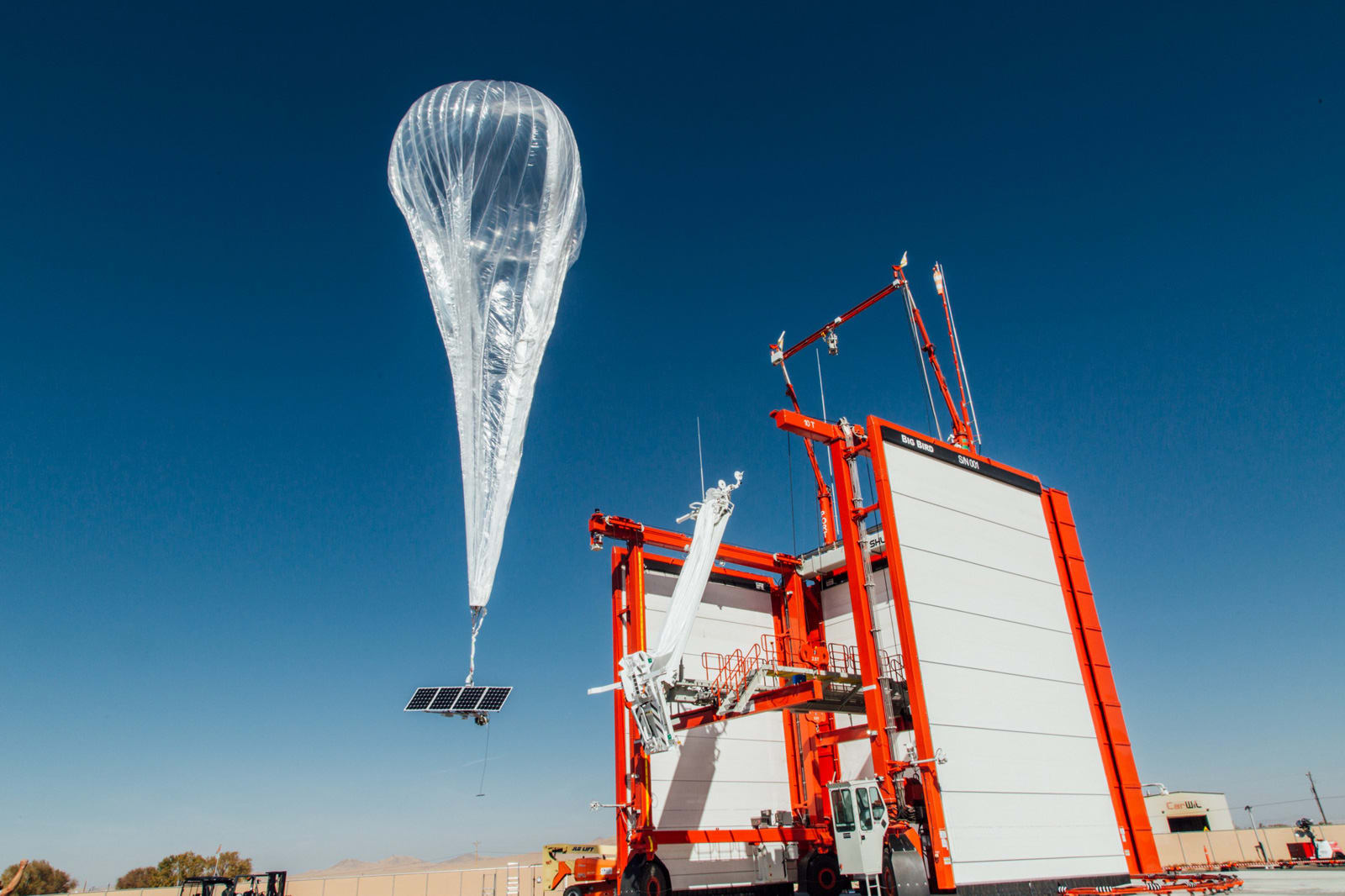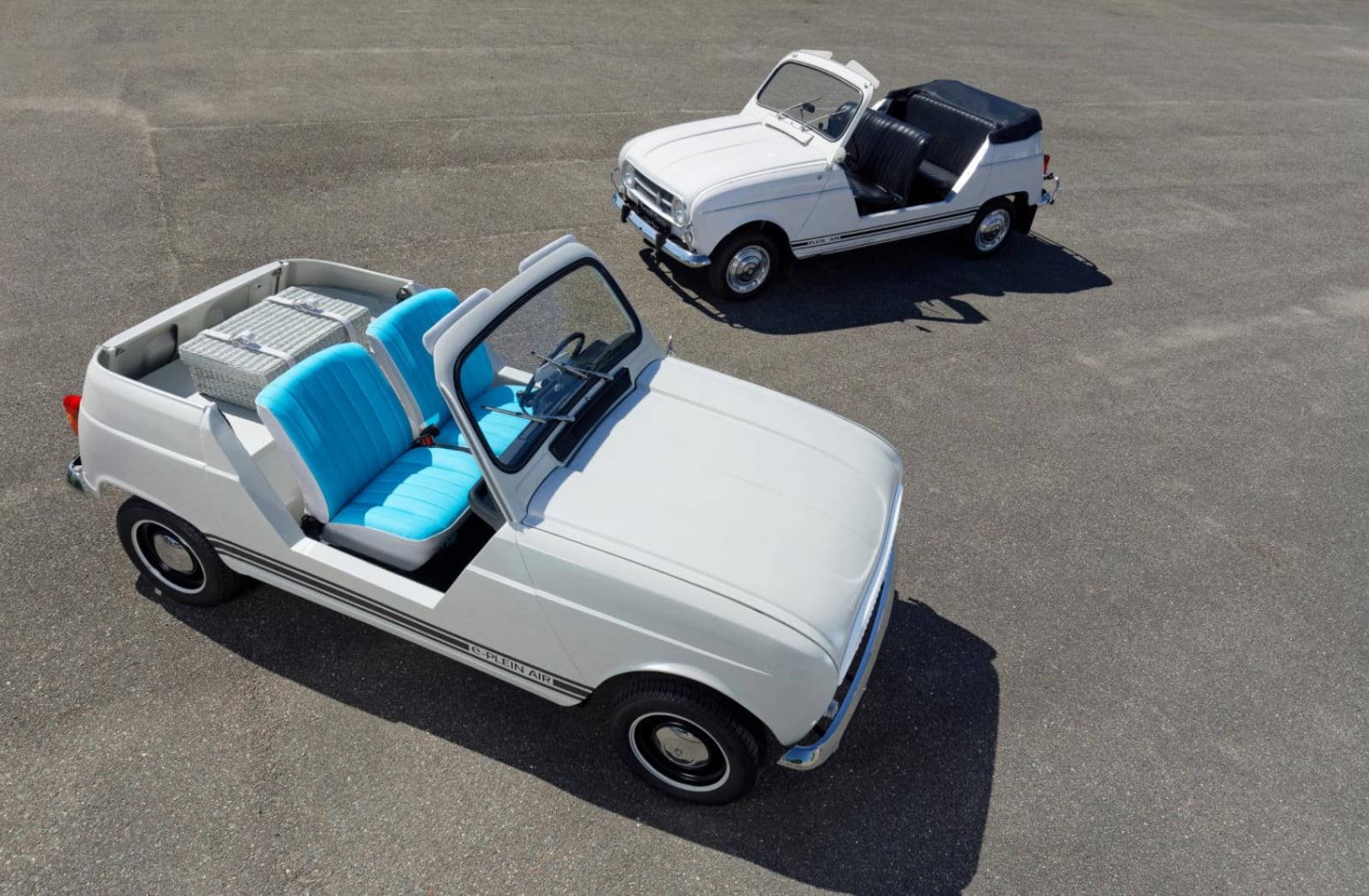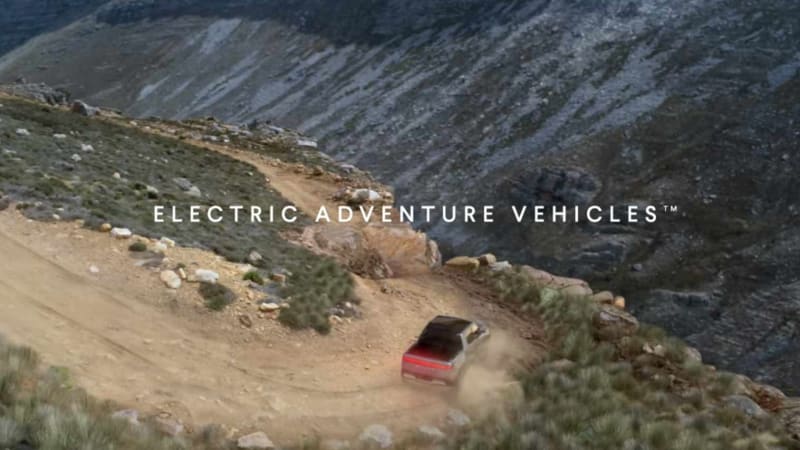https://gizmodo.com/hey-netflix-how-about-you-give-us-a-3-mobile-only-pl-1836662123

Netflix has finally unveiled its new, comparatively cheaper mobile-only plan in India—and honestly? This kind of seems like something that a lot of its U.S. users could get on board with.
The company announced on Wednesday the rollout of its new INR 199 (a little less than $3 USD) plan, which will be the fourth and cheapest subscription tier for Netflix in the market. Netflix said the plan will give users access to all of the content on its platform and will stream in standard definition (HD and Ultra HD are available for streaming with more expensive plans).
“Our members in India watch more on their mobiles than members anywhere else in the world—and they love to download our shows and films. We believe this new plan will make Netflix even more accessible and better suit people who like to watch on their smartphones and tablets—both on the go and at home,” Ajay Arora, a director of product at Netflix, said in a statement.
This is, to be sure, a slightly pared-down version of the Netflix you’re likely familiar with if you have anything other than a basic subscription plan. For one, it allows streaming from just one mobile device or tablet at once, which means this is not the Netflix you’ll be able to share with (or mooch from) friends and lovers.
But the plan also clocks in at roughly $9 less than the premium plan in India based on current conversion rates. Assuming you’re watching Netflix exclusively on your phone, don’t care to be bothered with HD, and don’t feel like sharing your account? This is a pretty sweet deal for access to the streaming giant’s massive (if not somewhat mediocre) content library.
Netflix said last year it would begin testing lower-priced plans in order to expand its appeal in Asia and other markets. Unfortunately for those of us to whom this mobile-only plan appeals, TechCrunch cited Netflix officials speaking from a press conference in India as saying that the company does not currently have plans to expand the mobile-only plan to other markets. The company did not immediately respond to Gizmodo’s request for comment.
While any mobile-only plan here in the U.S. would likely clock in at slightly more than $3—India’s premium plan runs INR 799/month (roughly $12) while ours in the U.S. costs about $16. Even, say, $5 seems like a pretty good streaming deal for someone who only streams from their phone or tablet. The next best option in the U.S. is a $9 basic plan, which is also limited to standard definition streaming and only allows for one screen at a time.
So Netflix, what’s up? Why not do us a solid and give us a mobile-only option too so we can shave a few bucks off our increasingly expensive streaming service habit? God knows you could use the subscribers.
via Gizmodo https://gizmodo.com
July 24, 2019 at 10:54AM





